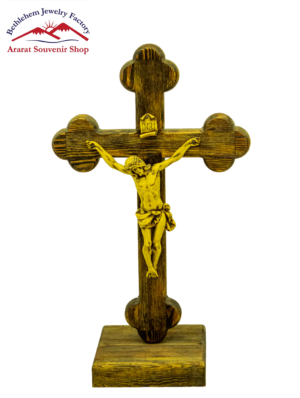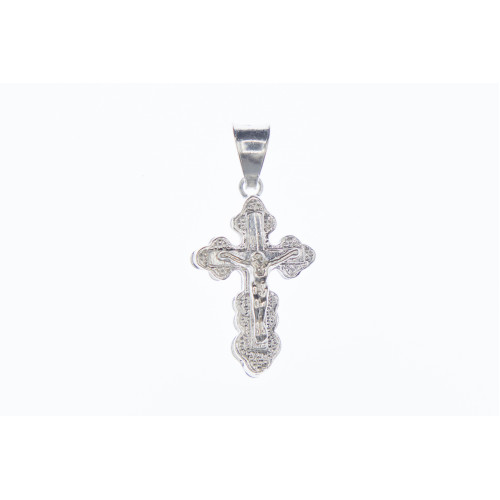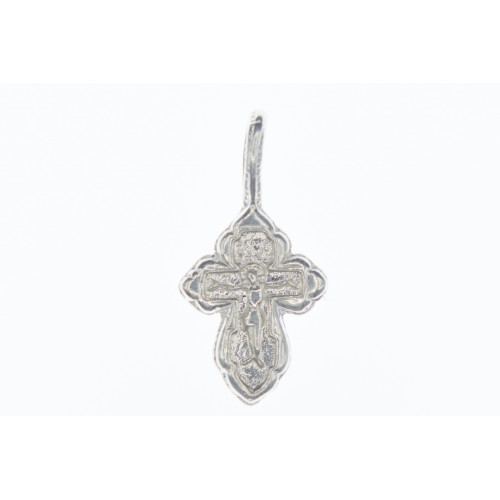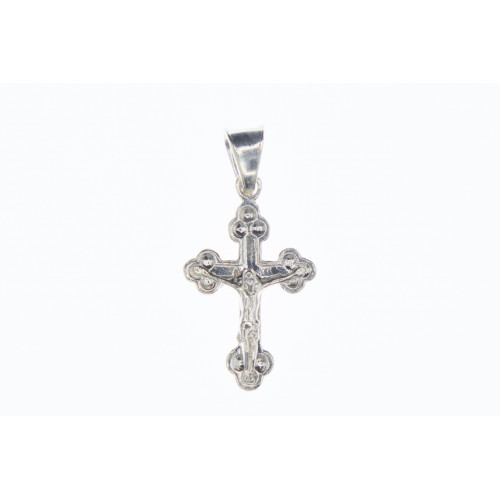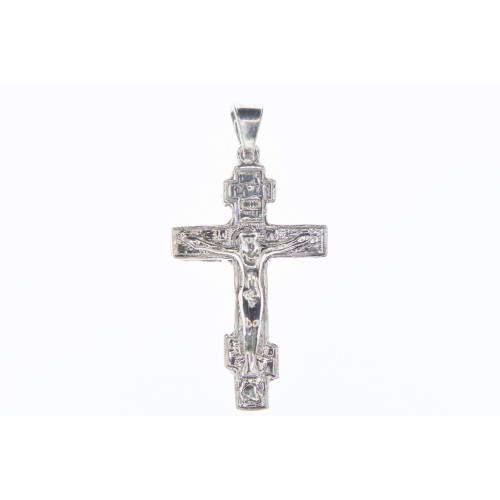Introduction:
Embark on a journey through the mystique and symbolism of the Orthodox Cross. From its ancient origins to its modern-day significance, this article explores the enduring allure of this sacred emblem. Join us as we unravel its layers of meaning, delve into its rich history, and uncover its timeless message of faith and redemption.
Origins & Evolution
The Orthodox Cross boasts a rich history that stretches back through the centuries, reflecting the enduring faith of Orthodox Christians. Its origins can be traced to the early days of Christianity, where it emerged as a symbol of devotion and martyrdom among persecuted believers. Over time, the cross evolved from simple wooden structures to ornate icons and reliefs, becoming a cornerstone of Byzantine religious art and architecture.
Ancient Beginnings
The origins of the Orthodox Cross date back to the early days of Christianity, when believers faced persecution and adversity with unwavering faith. In the catacombs beneath Rome and the clandestine gatherings of early Christian communities, the cross emerged as a symbol of hope and defiance against oppression, simple wooden crosses served as markers of graves and places of worship, bearing silent witness to the faith of believers amid adversity.
Medieval Master
The Orthodox Cross flourished as a potent emblem of Byzantine power and purity during the medieval era. Skilled artisans crafted elaborate cross icons and reliefs, adorning churches and monasteries with divine grace and salvation symbols.
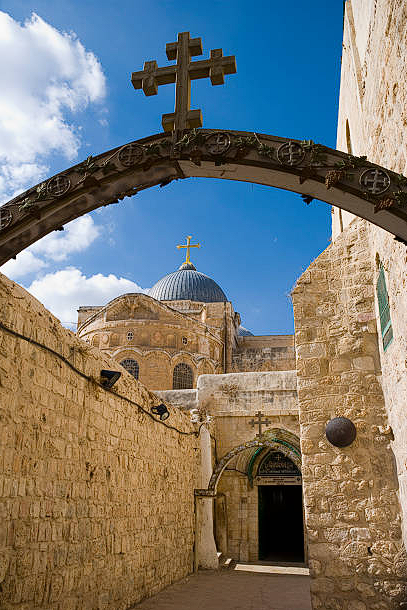
Significance & Symbolism
The Orthodox Cross carries deep spiritual significance for believers, symbolizing the intersection of heaven and earth and the triumph of Christ over death. Its three bars represent the Holy Trinity and the unity of Father, Son, and Holy Spirit, while its shape embodies Christ’s sacrificial love.
Sacramental Significance
In Orthodox liturgy and worship, the cross plays a central role as a sacred symbol of salvation and redemption. Baptismal crosses are worn by the newly christened, while processional crosses are carried in religious ceremonies, symbolizing the presence of Christ among His people.
Symbol Of Sacrifice
In the early days of Christianity, the cross was synonymous with suffering and death, serving as a brutal means of punishment. However, with the crucifixion of Jesus Christ, the cross took on new significance, transforming into a symbol of divine sacrifice and eternal salvation.
The crucifixion marked a pivotal moment as Jesus willingly laid down His life for humanity’s sins. His death became the ultimate act of love, offering believers the promise of forgiveness and eternal life.
As Christianity spread, the Orthodox Cross emerged as a powerful emblem of faith, embodying Christ’s sacrificial love. Believers found solace in the cross, symbolizing triumph over darkness and sin.
Over centuries, the cross became central to Christian theology, adorning churches and homes worldwide. Today, it is a timeless reminder of Christ’s enduring love and grace.
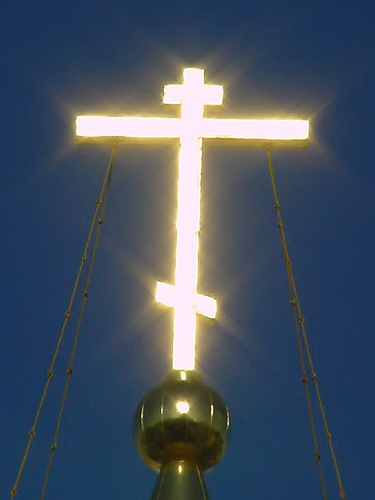
Divine Protection
Orthodox Christians believe in the protective properties of the cross, viewing it as a potent talisman against evil and spiritual harm. Crosses are often worn as pendants or displayed in homes and churches to invoke divine protection and blessings.
Cross Cultural Influence
The Orthodox Cross has transcended cultural boundaries, spreading across diverse civilizations and traditions. From the majestic domes of Russian cathedrals to the humble chapels of Ethiopian monasteries, the cross has left its indelible mark on the spiritual landscape of countless cultures.
Artistic Expression
Artists throughout history have interpreted and depicted the Orthodox Cross in various forms, infusing their works with reverence and devotion. From intricate icons to majestic frescoes, the cross serves as a focal point of artistic expression in Orthodox religious art.
Orthodox Cross in everyday Life
In the daily lives of Orthodox believers, the cross holds a special place of reverence and devotion. From personal prayers to public processions, from home altars to roadside shrines, the cross serves as a constant reminder of Christ’s sacrifice and love, guiding believers on their spiritual journey.
Iconography & Veneration
Iconography deeply influenced the veneration of the Orthodox Cross, making it a sacred symbol. Icons of the cross adorned churches and homes, serving as focal points for prayer. These icons conveyed divine truths and fostered a connection with Christ. Believers venerated them through prayer, rituals, and acts of devotion, affirming the cross’s significance in their spiritual lives.
Exploring the Chronicles of the Orthodox Cross: An Enticing Journey through History
Dating back to the early days of Christianity, the Orthodox Cross has been intertwined with pivotal historical events and revered figures. Let’s embark on a journey through time to uncover the rich tapestry of its history
1. The Crucifixion of Christ
At the heart of Orthodox Christian belief lies the crucifixion of Jesus Christ. The Orthodox Cross, with its distinctive three-bar design, symbolizes this sacred event, serving as a powerful reminder of Christ’s sacrifice for humanity’s salvation.
2. The Conversion of Emperor Constantine
In the 4th century, Emperor Constantine’s conversion to Christianity marked a significant turning point in history. Legend has it that he saw a vision of the Orthodox Cross in the sky before a decisive battle, leading to his conversion and the eventual legalization of Christianity in the Roman Empire.
3. The Byzantine Empire
3. The Byzantine Empire
During the Byzantine era, the Orthodox Cross became a central symbol of the empire’s religious and political identity. It adorned coins, monuments, and religious artifacts, reflecting the empire’s commitment to Orthodox Christianity as its state religion.
4. The Great Schism
The Orthodox Cross played a central role in the Great Schism of 1054, which divided Christianity into the Eastern Orthodox and Roman Catholic Churches. The divergent interpretations of the cross symbolized the theological differences that led to the split between the Eastern and Western branches of
5. The Fall of Constantinople
In 1453, the fall of Constantinople to the Ottoman Turks marked the end of the Byzantine Empire and the beginning of a new chapter in Orthodox history. Despite the city’s capture, the Orthodox Cross continued to be revered by believers as a symbol of faith and resilience in the face of adversity.
6. Modern Revival
In recent years, there has been a resurgence of interest in Orthodox Christianity and its symbols, including the Orthodox Cross. Believers and scholars alike continue to study its historical significance and embrace its timeless message of faith, hope, and salvation.

Embracing the Orthodox Cross: Tips for Daily Spiritual Enrichment
Incorporating the Orthodox Cross into your daily spiritual practices can deepen your connection to faith and tradition. Here are some practical tips to infuse your routine with the profound symbolism of this sacred emblem.
1. Morning Reflections
Begin each day with a moment of reflection in front of an Orthodox Cross icon. Take a few moments to center yourself, offer a prayer, and contemplate the significance of the cross in your life.
2. Wearable Reminders
Consider wearing a small Orthodox Cross pendant or bracelet as a wearable reminder of your faith. Let it serve as a constant symbol of God’s presence and protection throughout your day.
3. Prayer and Meditation
Incorporate the Orthodox Cross into your prayer and meditation practices. Use it as a focal point for your thoughts and intentions, allowing its symbolism to guide you towards spiritual growth and inner peace.
